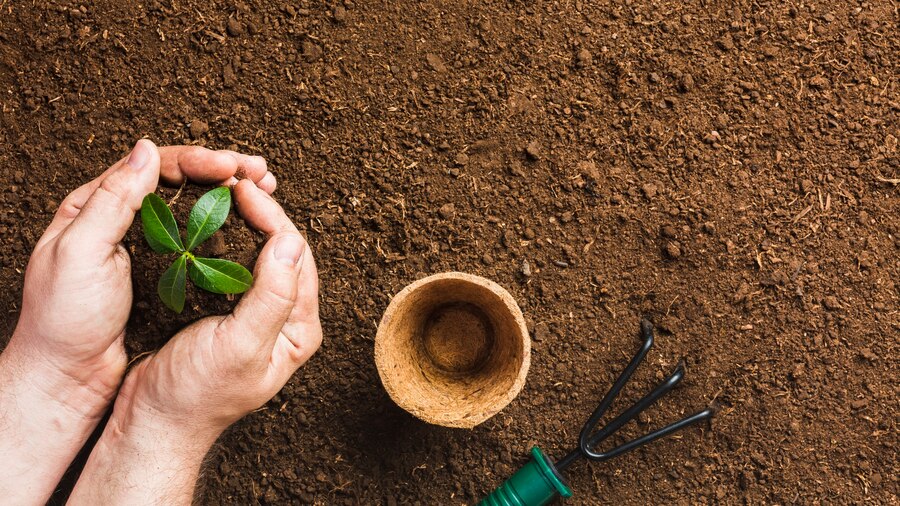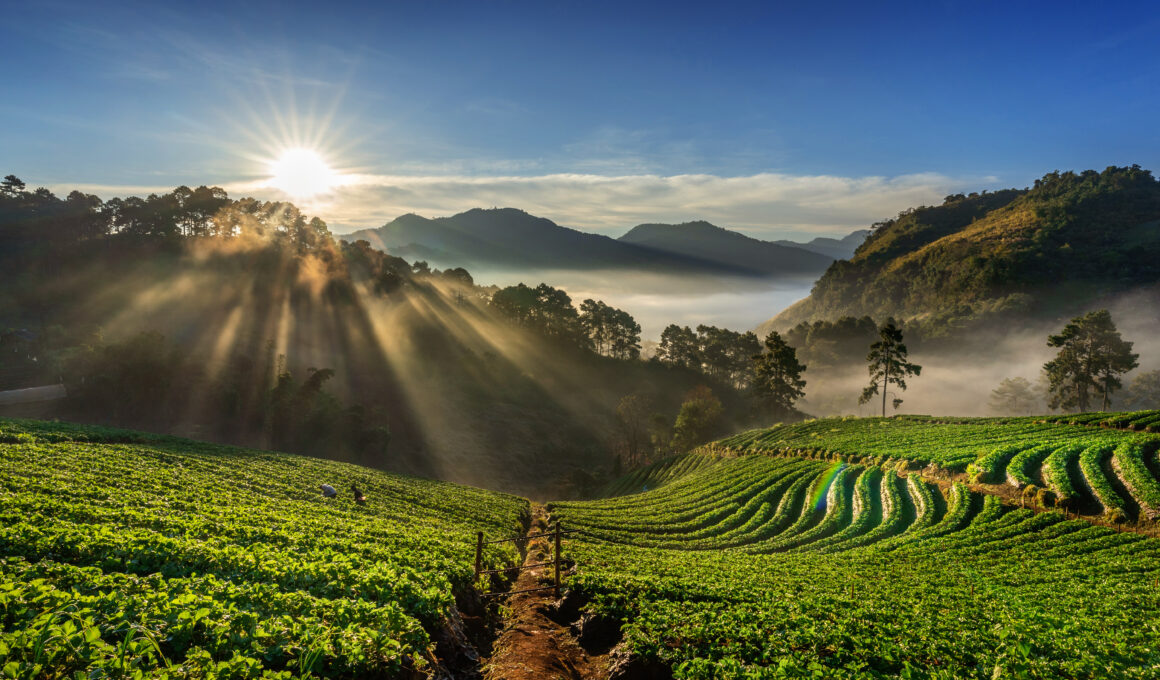Coffee, often referred to as the “nectar of the gods,” is the result of a complex journey from seed to cup. One of the most critical aspects of this journey is where and how coffee is grown. The best conditions for growing coffee encompass a delicate balance of altitude, soil, weather, and humidity, all of which contribute to the unique flavors and characteristics of your morning brew. In this blog post, we’ll explore these factors and discover the ideal conditions for nurturing coffee plants.
Altitude
Altitude is one of the most crucial factors in coffee cultivation, as it greatly influences the flavor and quality of the beans. In general, higher altitudes tend to produce superior coffee. The ideal elevation for coffee cultivation varies depending on the region, but a range of 2,000 to 6,000 feet (600 to 1,800 meters) above sea level is often considered optimal.
At higher altitudes, the coffee plants experience cooler temperatures, which slow down the ripening process. This extended maturation period allows the coffee cherries to develop complex flavors and a higher acidity, making for a more nuanced and vibrant cup of coffee.
Soil
The type of soil in which coffee is grown plays a significant role in its flavor profile. Well-draining, nutrient-rich soil is essential for healthy coffee plants. Volcanic soil, found in regions like Hawaii and parts of Central and South America, is particularly favored for coffee cultivation due to its high mineral content. It imparts unique, mineral-driven flavor notes to the coffee.
Organic matter in the soil is also crucial for the plant’s nutrition. The decomposition of organic material in the soil enriches it with essential nutrients, promoting the health and growth of the coffee plants.

Weather
Coffee is a tropical crop, but the specific weather conditions in coffee-growing regions can vary greatly. A moderate and stable climate with consistent rainfall throughout the year is ideal. However, coffee plants also require a distinct dry period to promote the development of their fruit.
Coffee plants are susceptible to frost and extreme temperature fluctuations, which can damage the crop. Therefore, regions with a constant, temperate climate are often the most successful in coffee cultivation. Rainfall should be well-distributed, and the absence of prolonged droughts or excessive moisture is crucial for a thriving coffee farm.
Humidity
Humidity is another critical factor that contributes to the health and productivity of coffee plants. The ideal relative humidity for coffee cultivation falls in the range of 60% to 70%. This level of moisture in the air helps protect the plants from stress and disease.
Excessive humidity can lead to fungal diseases, while low humidity can cause water stress in the plants. Maintaining the right balance of humidity is essential for ensuring that coffee plants remain healthy and productive.
The best conditions for growing coffee are a harmonious blend of altitude, soil, weather, and humidity. These factors come together to create the ideal environment for coffee plants to flourish, resulting in beans with distinct flavors and characteristics. So, the next time you savor a cup of your favorite coffee, take a moment to appreciate the geographical and environmental factors that contributed to its unique taste and aroma.






